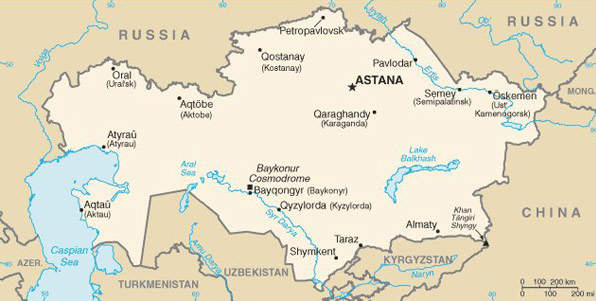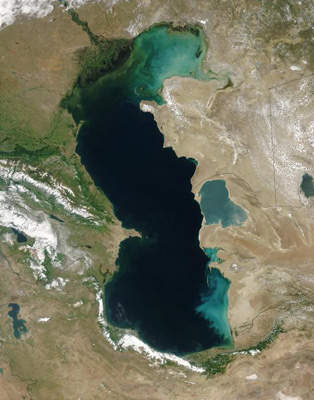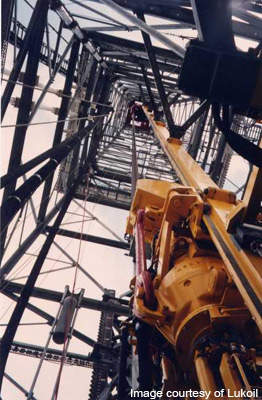The Khvalynskoye oil and gas project is located in the northern part of the Caspian Sea. The field lies at a water depth of 25-30m, about 260km from Astrakhan in Kazakhstan. This conventional gas condensate field was discovered in 2002 and is expected to come online in 2016.
The project is being developed jointly by Lukoil and KazMunaiGaz National Company (KMG). Lukoil is operator of the project, with a 50% share. The gas produced will be transported to Russia.
Under the agreement between Russia and Kazakhstan to develop hydrocarbon resources together, Lukoil and KMG formed a joint venture in 2005 to develop the Khvalynskoye field. The agreement also covered transportation and the sale of hydrocarbons and refinery products.
Total entered into an agreement with KMG to develop the Khvalynskoye field in October 2009. Under the agreement Total and GDF-Suez will take over a 25% share (Total 17% and GDF 8%) from KMG’s initial 50% stake.
The first phase of the project development will cost $5bn. Total and GDF will spend about $1bn on the project. The field is expected to be producing around 9 billion m³/year of gas by 2016.
In September 2010 Kazakhstan submitted a draft proposal of the production sharing agreement (PSA) and a feasibility study for the development of the field to the Russian Ministry of Energy. The Khvalynskoye PSA is expected to take at least two and half years to finalise. Lukoil and KazMunaiGaz have requested the Russian Government to expedite the approval of the PSA.
Geology and reserves
The geology of the Khvalynskoye field is formed of gas, condensate and oil reserves in the lower Cretaceous and upper Jurassic deposits. The Ministry of Natural Resources Central Committee of Russia approved oil and gas resources – natural gas 322 billion cubic metres, condensate 17mt and oil 36mt – in 2005.
The field is composed of C1+C2 reserves of 127 billion cubic metres of gas and 9.6 million tonnes of condensate, and C3 reserves of 207 million tonnes standard fuel equivalent, as indicated by an audit by Miller and Lents in 2004.
Khvalynskoye field development
The Republic of Kazakhstan and the Russian Federation entered into an agreement to jointly develop hydrocarbon resources in 1989. Major geological and environmental surveys were held in the Severny licence area by the operator and contracts of $120m were signed in 1999 to develop the project.
The 3D seismic survey was completed by mid-2005 with the drilling of two prospective wells. During the survey five deposits were identified, consisting of four gas condensate and one oil.
Two exploratory wells, Khvalynskaya-1 and Khvalynskaya-3, were drilled at the field. Drilling of Khvalynskaya-1 started in July 1999 and was drilled to a depth of 4,200m. While drilling, ten promising oil and gas reservoirs were discovered. The maximum flow rate while testing amounted to 850,000m³ of gas and 80m³ of condensate per day.
The field comes under the Severny licence. Construction of the first well in the area was completed in 2000.
The Astra jack-up rig was used to construct the well. The rig has three 67m legs. The rig can drill to vertical sea depths of 45m and well depth to 5,000m.
Drilling at Khvalynskaya-3 was completed at a depth of 4,338m. The maximum flow rate while testing amounted to 350m³ of oil and 154,000m³ of gas per day. Oil with particular gravity of 0.863g / cm³ contains high paraffin content.
Khvalynskaya production
The Khvalynskoye is expected to be connected to the LSP1 ice-resistant platform located in the Korchagin field to produce oil and gas from the field.
Initial production rates are estimated at eight to nine billion cubic meters of gas per year. The gas produced will be transported to Russia.










